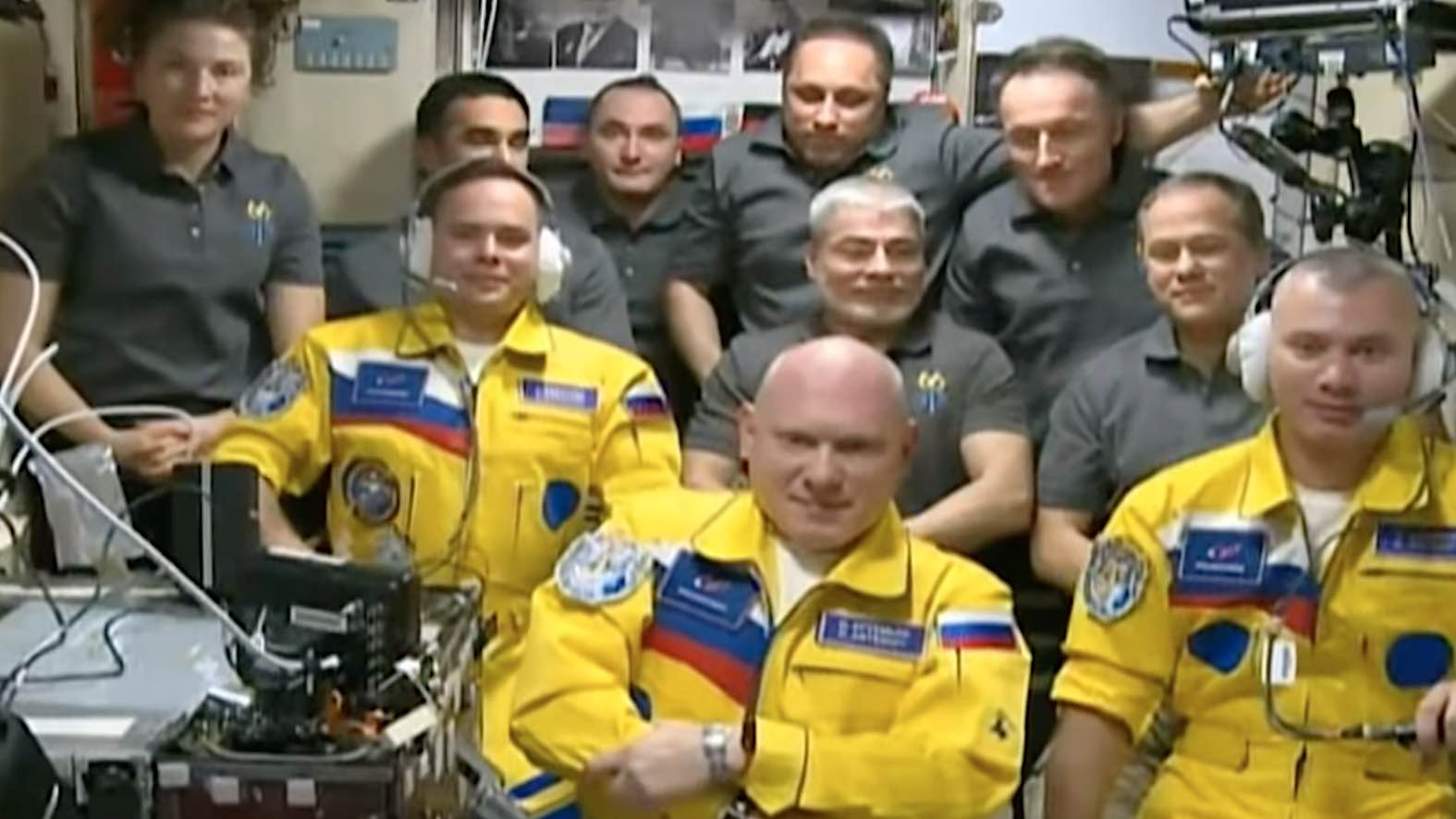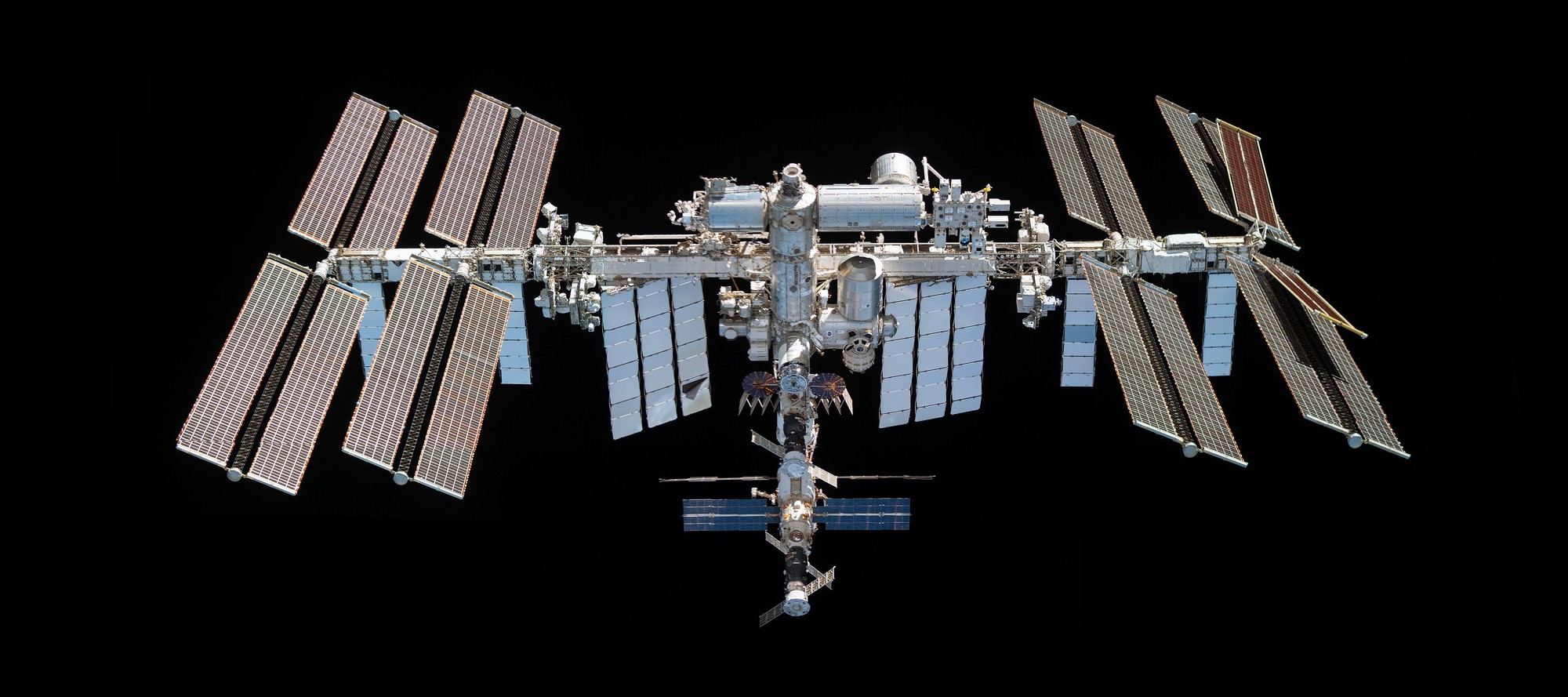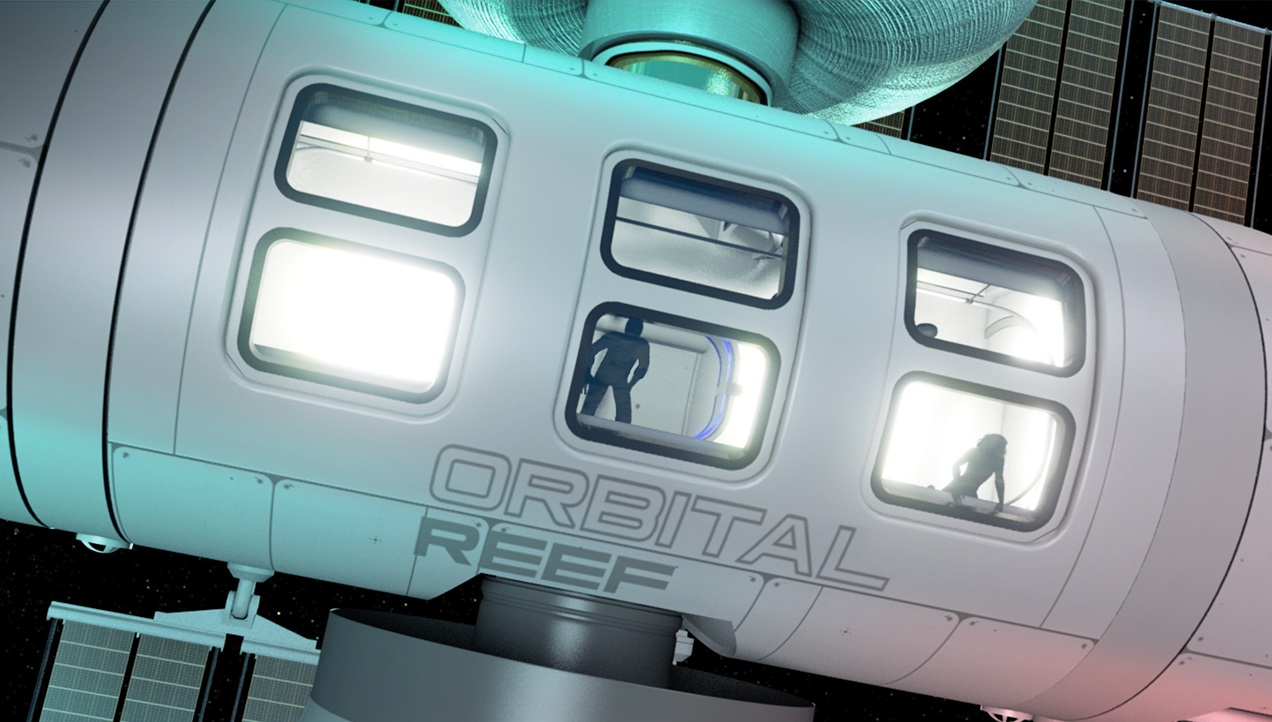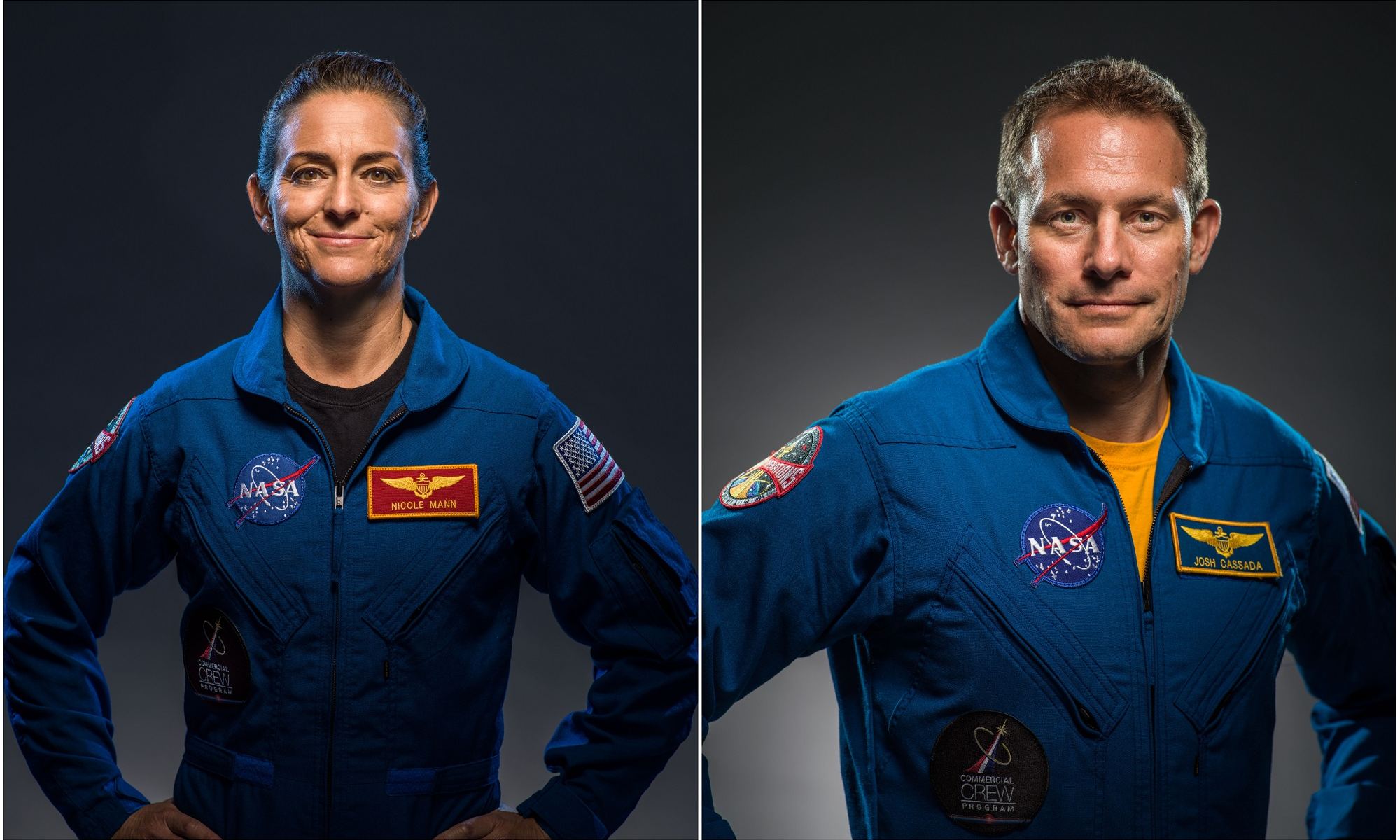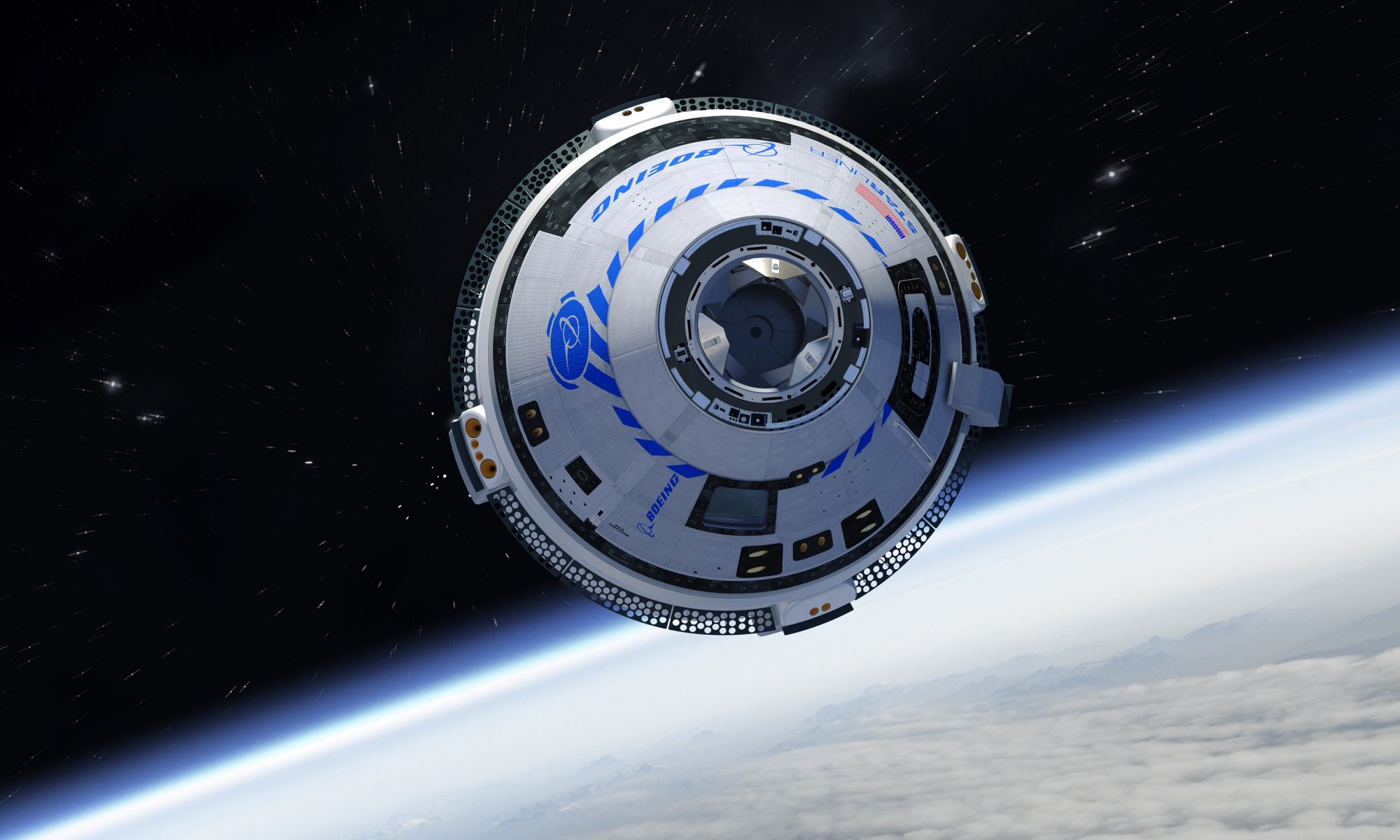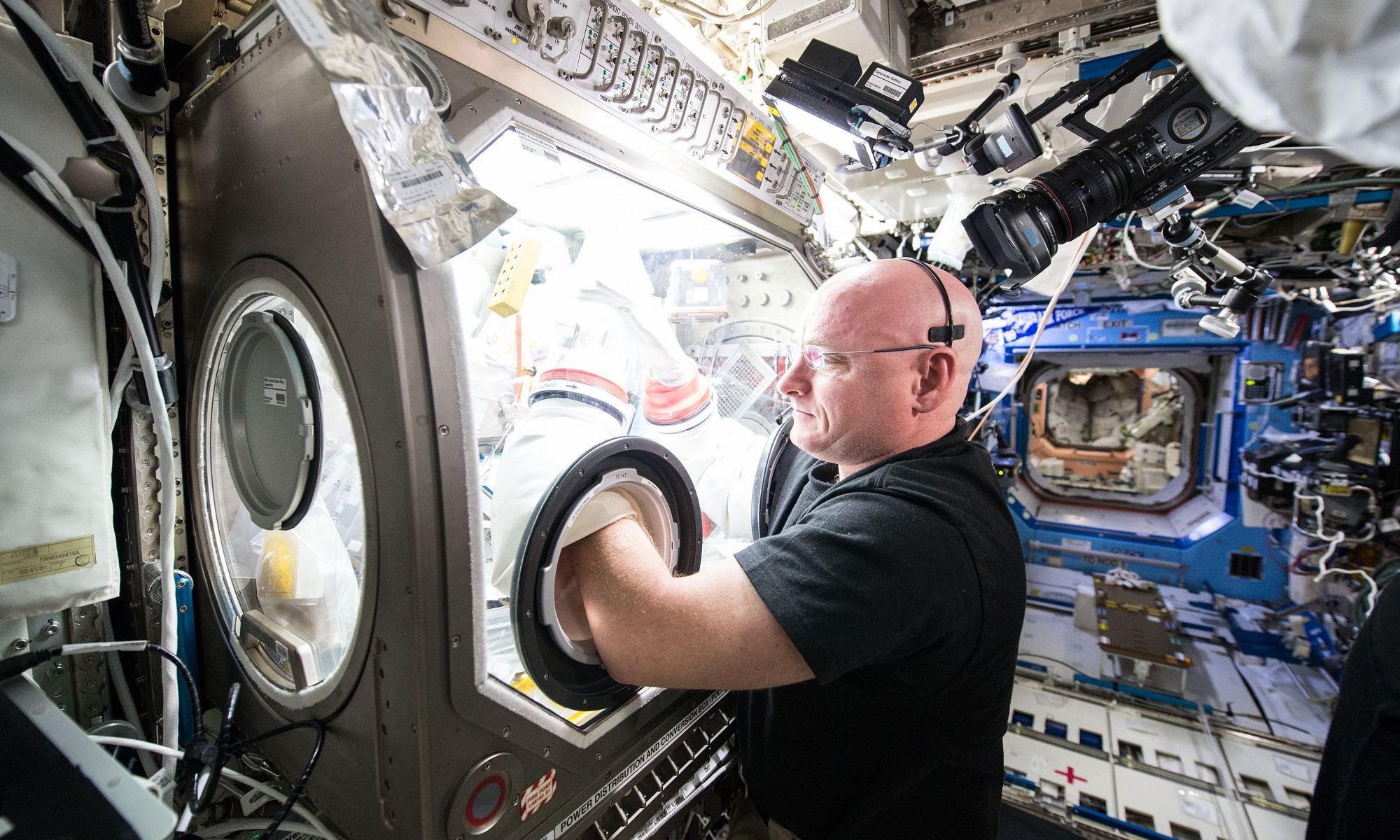About a month ago, Russian forces invaded Ukraine, placing NATO on high alert and creating a shock wave felt around the world. One place that has been particularly resilient to the effects of this conflict is the International Space Station (ISS). Even as tensions mount and the heads of space agencies engage in an online war of words, astronauts and cosmonauts continue to work and live together in orbit.
On the other hand, there have been some clear attempts to drag the ISS into political turmoil. Case in point: the recent photo that shows three Russian cosmonauts wearing bright yellow and blue jumpsuits, the colors of the Ukrainian flag! Depending on who you ask, this was either a display of unity with the people of Ukraine or just a coincidence. Opinions vary, but this was likely nothing more than oddly fortuitous.
Continue reading “Three Cosmonauts Arrive at the ISS Wearing Bright Yellow Jumpsuits”
